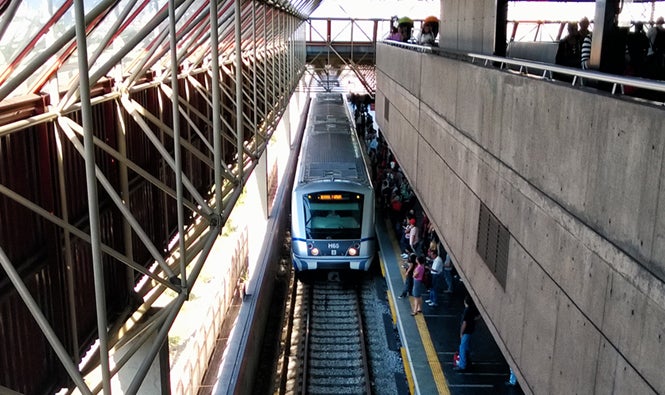
While public transit has a relatively high reach across the metropolitan region, it falls short of the growing demand, and historical underinvestment has led to growing motorization. Congestion in Sao Paulo is among the worst in Latin America. In 2013, the productivity losses and pollution associated with congestion costed the metropolitan area close to 8% of its GDP, or over 1% of Brazil’s total GDP.
In the last decades, the World Bank Group has been working closely with São Paulo to boost public transport infrastructure and policies, which has helped the city expand mass transit coverage and develop a more comprehensive approach to urban transport.
The latest wave of disruptive technologies that is reshaping the transport sector –including shared mobility platforms, electric vehicles, and automation— are now providing exciting new ways to build on these gains. If properly integrated into broader public transport policies, these innovations have the potential to reduce the use of single-occupancy vehicles, decrease pollution and carbon emissions, improve traffic flow, and save energy.
Among all these new technologies, let’s take a closer look at shared mobility and on-demand mobility solutions like ride-hailing apps or bikeshare systems, which have been growing rapidly around the world. While there has been much talk about ride-hailing and its impact on congestion, we have seen a lot less research about how these emerging mobility options could affect commuting habits and transform public transport. By providing reliable rides at a relatively affordable price, could shared and on-demand mobility help cover the last mile between public transport stations and commuters’ final destination? Could they effectively complement mass transit to make a car-free lifestyle more viable, and progressively reduce demand for privately-owned vehicles?
Early evidence suggests that many users already rely on a combination of public transport and ride-hailing to complete their journey. In Sao Paulo, the Brazilian-born e-hailing app 99 estimates that 13% of all its trips start or finish at a metro station. In Rio de Janeiro, this figure is as high as 24%.
How can we tap into the synergies between ride-hailing and public transit in order to tackle congestion and improve the commuting experience in mega-cities like Sao Paulo? To answer this, the World Bank is partnering with 99 and researchers from Fundação Getulio Vargas to assess how the e-hailing company may contribute to feeding São Paulo’s public transit system, particularly its metro lines. The study will address a wide range of questions:
- At what price would people be motivated to renounce a car-only trip and decide to combine a car and metro ride instead?
- How may income levels, gender, and age affect these commuters’ choices?
- What other factors could influence their decisions (e.g. personal security)?


Join the Conversation